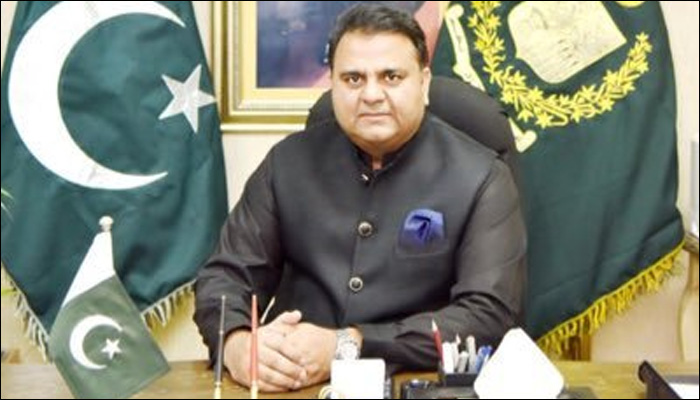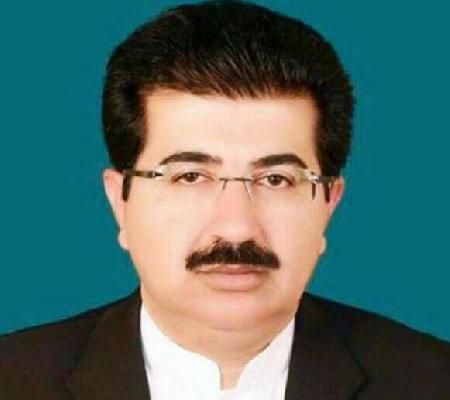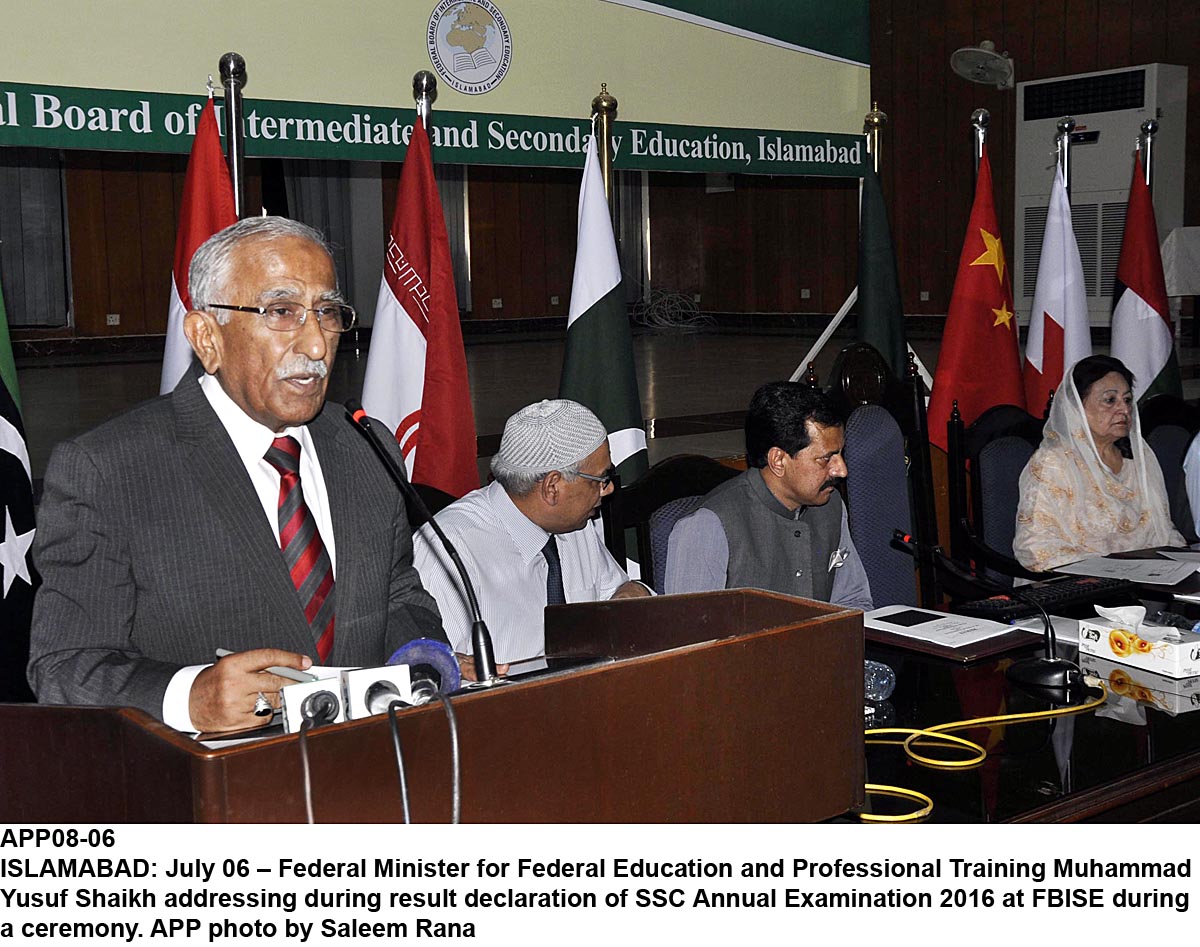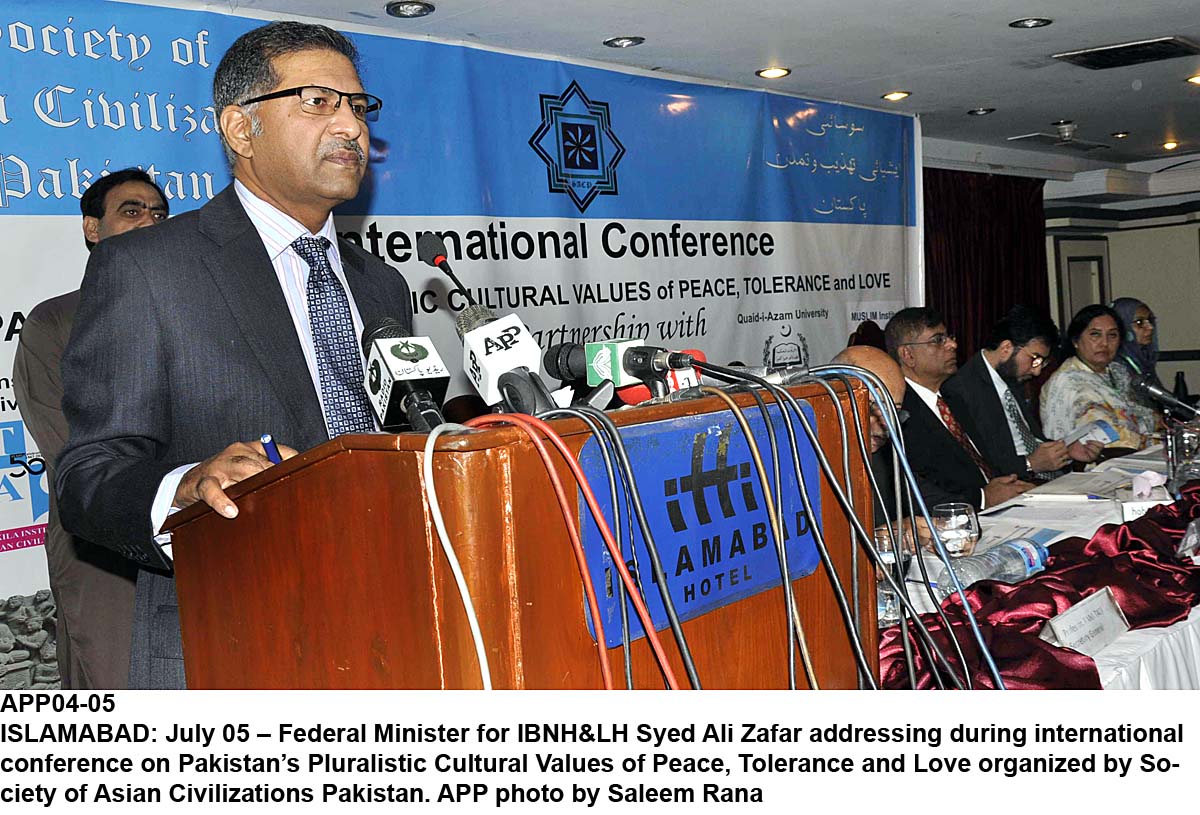
South Korean officials on Friday reported 91 patients thought cleared of the new coronavirus had tested positive again. Jeong Eun-kyeong, director of the Korea Centers for Disease Control and Prevention, told a briefing that the virus may have been “reactivated” rather than the patients being re-infected.
The Geneva-based WHO, asked about the report from Seoul, told Reuters in a brief statement: “We are aware of these reports of individuals who have tested negative for COVID-19 using PCR (polymerase chain reaction) testing and then after some days testing positive again.
“We are closely liaising with our clinical experts and working hard to get more information on those individual cases. It is important to make sure that when samples are collected for testing on suspected patients, procedures are followed properly,” it said.
According to the WHO’s guidelines on clinical management, a patient can be discharged from hospital after two consecutive negative results in a clinically recovered patient at least 24 hours apart, it added.
Based on current studies, there is a period of about two weeks between the onset of symptoms and clinical recovery of patients with mild COVID-19 disease, the agency said. “We are aware that some patients are PCR positive after they clinically recover, but we need systematic collection of samples from recovered patients to better understand how long they shed live virus,” it said. South Korean health officials said on Friday that it remains unclear what is behind the trend, with epidemiological investigations still under way.
Meanwhile, The World Health Organisation (WHO) Saturday warned that a premature lifting of restrictions imposed to control the coronavirus pandemic can spark a deadly resurgence of the pandemic.
WHO Director General Tedros Adhanom Ghebreyesus said that countries should be cautious about easing restrictions, even as they struggle with the adverse economic impact. “I know that some countries are already planning the transition out of stay-at-home restrictions. WHO wants to see restrictions lifted as much as anyone,” he told a virtual press conference in Geneva. “At the same time, lifting restrictions too quickly can lead to a deadly resurgence. The way down could be as dangerous as the way up if not managed properly,” he warned.
A top US infectious disease expert also cautioned against moves to relax restrictions, echoing calls from other global public health officials but putting him at odds with President Donald Trump, who is agitating for a reopening of the coronavirus-battered US economy. Anthony Fauci, Director of the US National Institute of Allergy and Infectious Diseases, said now is not the time to back off on restrictions, despite what he described as favourable signs in America’s early hotspots. “We would want to see a clear indication that you were very, very clearly and strongly going in the right direction, because the one thing you don’t want to do is you don’t want to get out there prematurely and then wind up back in the same situation,” he told CNN.
Trump, seemingly concerned by deflating approval ratings and exploding unemployment figures, had told reporters that he hoped to open up the economy ‘very, very, very, very soon’.
On Friday, the president said he would announce next week a council of business and medical leaders to help him with “the biggest decision I’ve ever had to make on when to reopen America for business.” “I want to get it open as soon as possible. This country was meant to be open and vibrant and great … The facts are going to determine what I do. But we do want to get the country open,” he added.
According to a report in the Washington Post, the US president wants to reopen the country next month despite concerns from both economists and health experts that America’s coronavirus pandemic is nowhere near over.













